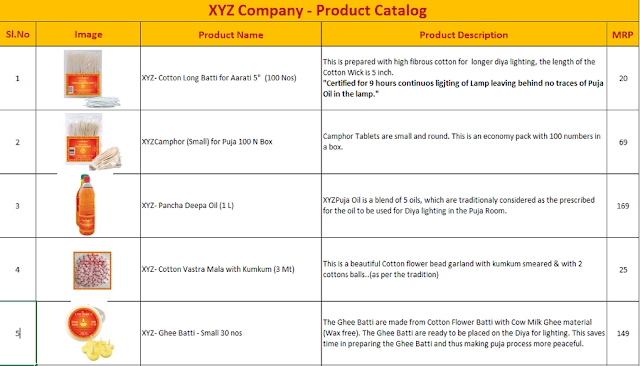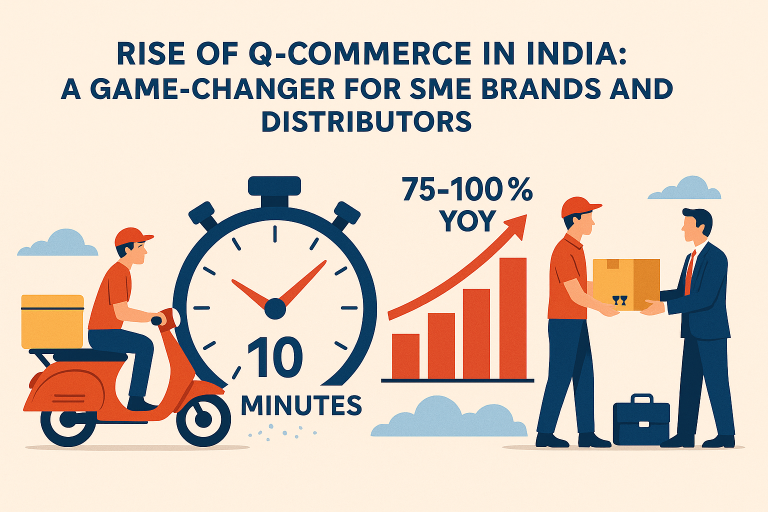Distribution Channel has the potential to grow sales far beyond local market – propelling your company to new heights. You may just be a decision away from breakthrough in sales – a decision on right distribution channel. In an earlier blog article – I explained what all channels are available for your business and how to select the right combination. ( Please read Your Product Is Doomed To Fail Without Distribution ) You may select right channel combination and Vanik.com can help you find right channel partners. However, is that enough to make you successful ? Regretfully – No. You have to prepare yourself – do necessary homework to ensure success. So, what homework needs to be done before starting any discussion with potential channel partners ?
1. Commercials – Distributor / Wholesaler Margin
The first and foremost task is to decide on margins for channel partners. Low margin for channel partners will help your bottom line but may fail to attract channel partners. Similarly, higher the channel partner margin – lower will be your profit. So, a judicious and balanced decision needs to be taken. Assuming you are going for a 2-tier channel structure of distributor and retailer – a clear and transparent pricing and margins need to be worked out. The margin structure of Modern Trade (MT) and General Trade (GT) are not same – so, your plan should have clear demarcation right from beginning.
Here’s a sample commercial – product pricing plan

2. Distributor Catalog / Brochure
You should invest in a professional website that clearly describes each product, specification, packing etc. In addition, you should also have a product catalog in .pdf format. These digital ad materials will bridge the communication gap between you and your channel partner/consumer significantly
Here’s a sample Distributor Catalog

3. Distribution Contract
Distribution channel consists of several entities connecting the brand (i.e. manufacturer/importer) with consumers through a chain of intermediaries called channel partners (e.g. distributors, stockists, retailers etc.). The relationship between brand and channel partner should be based on a clear understanding of each other’s roles, responsibilities, territories and margins. When formalized in a written agreement in a legally binding format that is enforceable in a court of law – the agreement is called contract. A legally binding agreement or contract acts as a bridge between parties assuring each of its rights and responsibilities.
For more information – Please Read How To Write Distribution Contract – A Check List
4. Credit Policy
Credit is not an option but necessary (evil) in distribution trade. For most companies, offering trade credit isn’t optional: When your competitors do it, you are at a disadvantage if you don’t – and on similar terms. Sooner, than later – companies in distribution trade have to develop a credit policy.
Granting credit has a cost. There’s cost of capital – either cost of borrowing or the opportunity cost of lending, given that money advanced to the client could have been put to better use. Then there are administrative costs of maintaining track, cost of collection etc. Finally, some customer debt may go bad. A business can mitigate these costs by establishing a smart credit policy and then carefully managing accounts receivable. If business fails to turn receivables into cash, its bound to affect vendor payment and consequently vendors’ credit decisions. Credit policy is usually tied to sales strategy.
Two kinds of credit predominate in the business-to-business world. Open credit requires no down payment and levies no interest or carrying charges. The payment is simply due in full on the specified date, typically 30 days after the goods are delivered (widely denoted as “Net 30” on an invoice). Revolving credit, on the other hand, sets a limit on how much a customer can borrow. The customer pays interest only on the principal actually borrowed; as the debt is repaid, the credit available increases. These are the basics. In addition, the terms of sale may include discounts for early payment; a common incentive reduces the bill by 2 percent for full payment within 10 days. (In a 30-day cycle, this is denoted as “2% 10, Net 30.”) Or one may demand a penalty or interest payment when a due date is missed. There may be many other components in a credit policy.
5. Supply Chain Policy
Supply chain, or rather its reach and capacity, greatly influences choice of target markets. A company should not appoint channel partners indiscriminately unless cost effective supply chain is available.
6. Customer Segmentation And Market Positioning
Though these concepts belong to domains of marketing and branding – there could be implications for distribution trade for some products. Customer Segmentation refers to segmenting customers into groups and then tailoring marketing campaigns to requirements of specific groups. Market Positioning refers to the ability to influence consumer perception regarding a brand or product relative to competitors. The objective of market positioning is to establish the image or identity of a brand or product so that consumers perceive it in a certain way. For example, manufacturer may position a product as premium (status symbol), innovative, inexpensive, cost saving etc.
Conclusion
Vanik.com helps manufacturers prepare themselves with right plans, policies, commercials, contracts etc. It even offers hand holding and mentor ship during initial days. For this, Vanik has a pool of very experienced distribution trade professionals who have spent 15-20 years in building distribution channel for brands. They could play a very useful role in executing your distribution strategy on ground.



